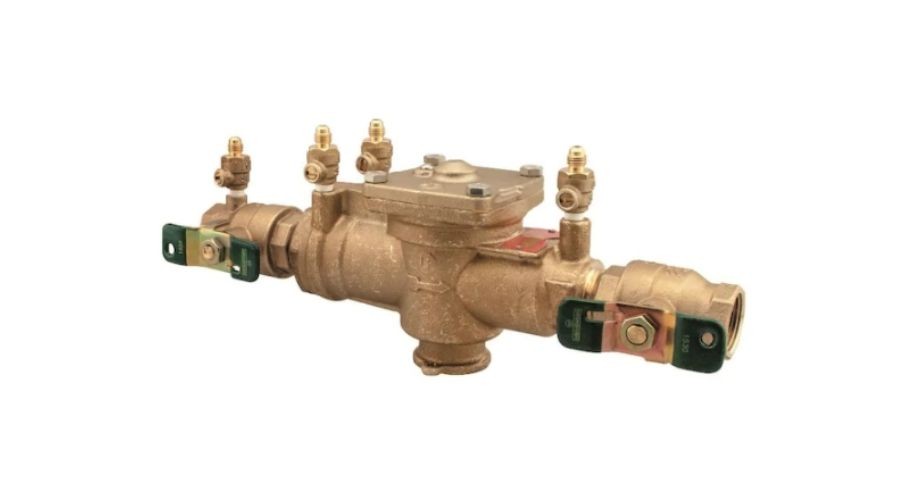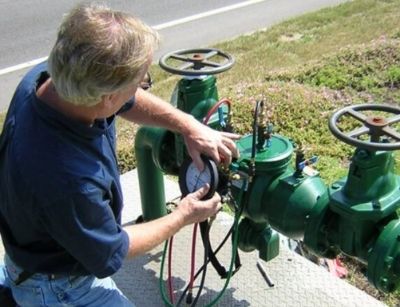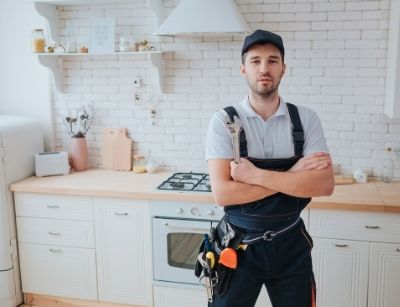
All Your Backflow Testing Questions Answered
By design, municipal plumbing systems are all connected. While this makes things much easier and more convenient for builders and municipal water treatment plants, it can complicate things when something goes wrong. Plumbing systems are complex, dealing with both incoming clean water and outgoing dirty water. In an ideal world, these two would never meet.
Unfortunately, there are occasions when dirty and clean water can come into contact, which can cause all sorts of dangerous health issues for anyone who bathes or drinks that water. This is why backflow testing is important - and often required.
What Is Backflow and When Can It Happen?
Backflow happens when water that is only supposed to be flowing in one direction (say, into your home from the city water supply) ends up flowing backward. At first glance, this doesn’t sound like it should be an issue. But the truth is backflow can cause clean water to become contaminated by sewage, fertilizer, pesticides, or other chemicals. The most common causes of backflow are when there’s a sudden loss of pressure in the plumbing system, like when a fire hydrant is opened or when a water main breaks.
Luckily, backflow preventers (when they function correctly) prevent backflow from happening. This is their only purpose. They protect the water supply and, therefore, the health of those likely to use it by keeping water only flowing in one direction. But these preventers can fail.
Why Does Backflow Testing Need To Be Certified?
Backflow testing is important enough that most places require prevention devices to be tested and certified by professionals. Since there is an opportunity for backflow in most plumbing systems where cross-connection occurs, the threat of water contamination isn’t small. A single failed backflow prevention device, such as one at an apartment building, has the potential to cause health problems that pose a threat to the public’s health.
Since it’s impossible to tell whether backflow has happened, testing and certification are that much more important. Contaminated water often won’t taste, smell, or look any different than normal. But dangerous viruses and bacteria could have gotten into the water through backflow. This is why the state of Hawaii requires backflow testing every year.
Can Anyone Do Backflow Testing?
Many people aren’t surprised to learn that a plumber must perform backflow testing with the proper protocols for dealing with backflow preventers. Since these devices are so important, they require only those who know exactly what they’re doing and how to replace the preventer if it’s faulty.
Luckily, there are plenty of local expert plumbers who can perform backflow testing so that home and property owners can check it off their list of things to do. Not only is backflow testing required by law, but it’s also very important for the health and safety of all residents.
About Allens Plumbing
Allens Plumbing has been serving Aiea and Oahu, HI since 1982. They are the go-to plumbing and drain specialists and home of the drain surgeon. They provide same-day service and use the latest in plumbing technology for excellent service. Call them today for backflow testing.
[press_release_images][/press_release_images]
[press_release_distributions id="94796"][/press_release_distributions]



